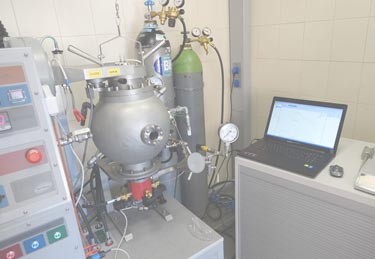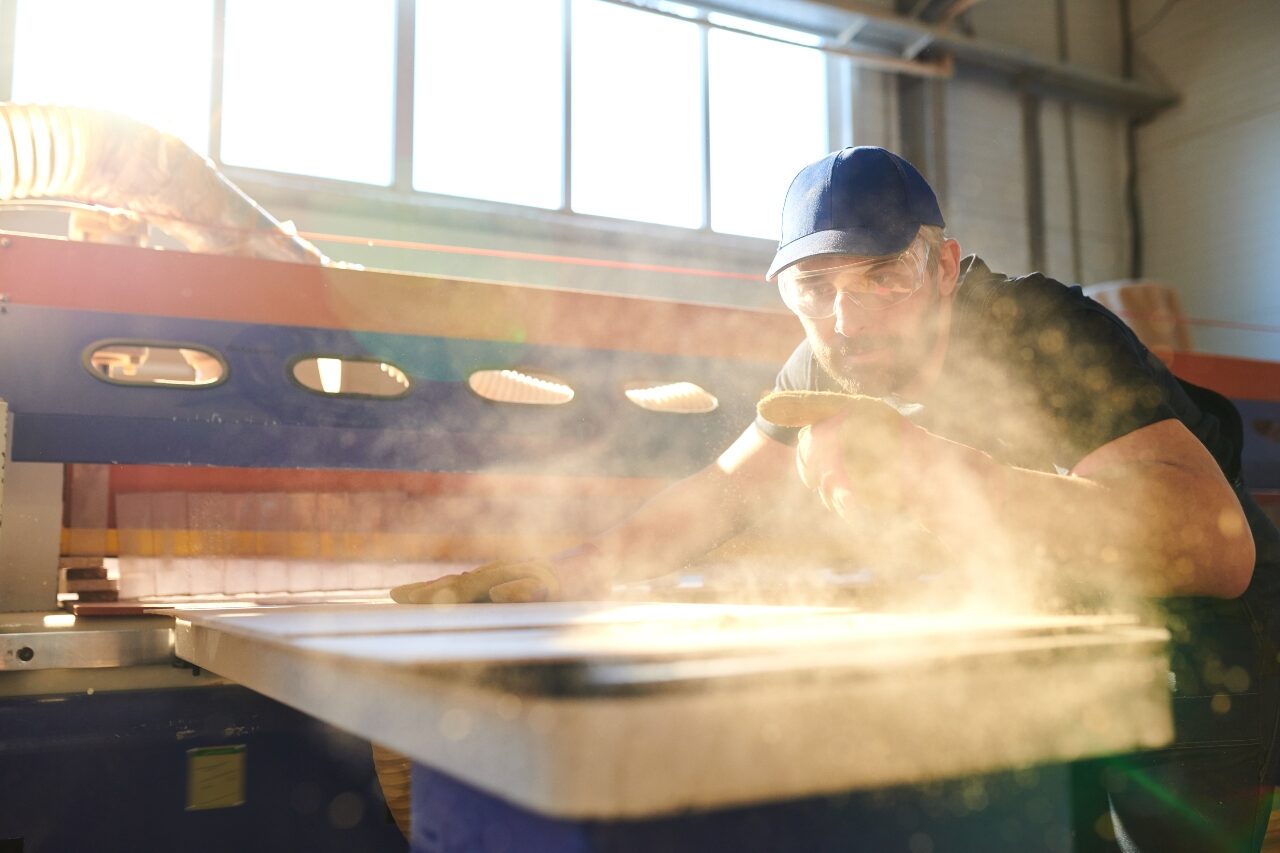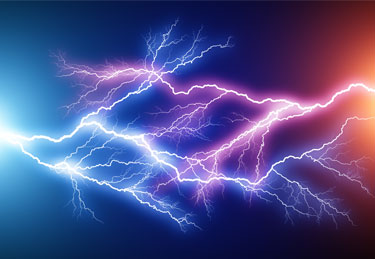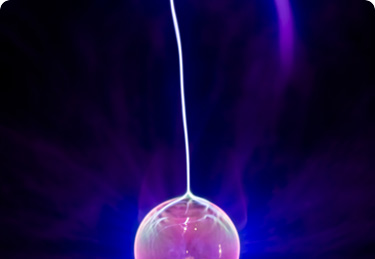Search
Combustible Dust Explosion Testing: Why do it now?
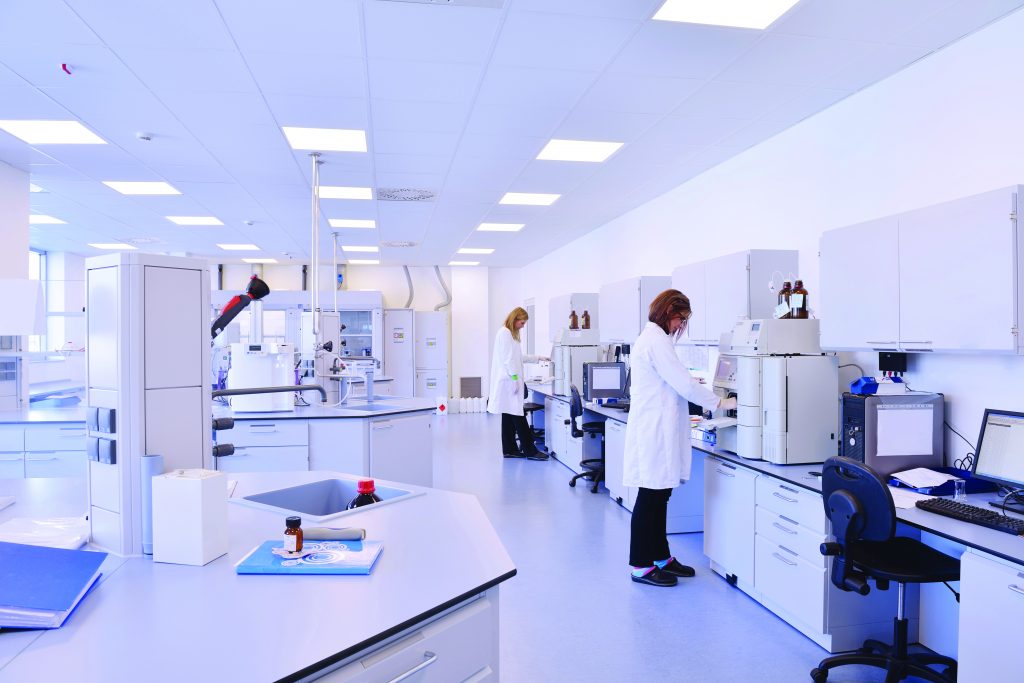
At Stonehouse, as we continue to invest in laboratory staff and more combustible dust explosion testing equipment, it’s clear to us that more and more companies are seeing the benefit in evaluating the fire and explosion properties of the powders they handle and process; this as part of their normal process safety practices. In this piece we examine why the demand for testing is increasing and what companies are doing with the test results they get.
So why do processing companies invest in obtaining dust fire and explosion test data? Here are 3 answers to start out…
- NFPA652 requires it!
- Data allows you to identify previously unidentified hazards with your materials
- Data allows you to save money by cost effective spending on explosion prevention and protection equipment
Let’s take a look in a little more detail at these answers…
NFPA 652 requires Combustible Dust Testing
NFPA 652 [ref 1] is the much-discussed Standard on the Fundamentals of Combustible Dust. It’s the catch-all standard that requires owners and operators of facilities where materials known to be explosible to undertake a Dust Hazards Analysis (DHA) of their facilities. So, here is the first rub: “How do you know if your dust is explosible?” At Stonehouse we undertake explosibility screening tests (Go/No-Go tests) to answer this first question for you. It’s the most sure-fire way of establishing if the materials handled in your facility are actually explosible.
Let’s suppose your materials come out as explosible in our Stonehouse standardized screening test. NFPA 652 then requires that additional testing be performed, as required, to acquire the data necessary to support:
- the risk assessments you require,
- the specification of your hazard mitigation and prevention measures, and
- any performance-based design methods in the DHA,
So why not simply use literature data here? NFPA 652 is quite specific on this point; “Published data can be used for preliminary assessment only; they should not be used for design.” The problem is that dust explosion characteristics are dependent on many variables including particle size and shape, moisture content, purity… It is actually quite difficult to find published test data on dusts/ powders that have sufficient important similarities to your own dusts/powders. Assumptions and inappropriate use of questionable data can lead you to the wrong conclusions; not something you leave to chance in the world of process safety where the stakes can be high!
Data allows you to identify previously unidentified hazards with your materials
The fire and explosibility hazards of dusts can sometimes be quite subtle. We’ve encountered powders that have surprised their users with such characteristics as self-heating, impact sensitivity, propensity to produce a flammable gas when heated and even pyrophoric behavior. These properties can occur over and above the more usual characteristics of extreme explosion pressure development or even an unexpected risk of detonation. This is where a good set of screening tests on each powder can be applied, with the results of these being used to determine further testing if needed.
If a powder is to be dried/ heated or milled, for example – processes where energy is put into the powder in one form or another – then test data provide essential input to the DHA and risk assessment to ensure that appropriate safeguards are put in place. Perhaps there is a low self-heating temperature detected or a sensitivity to impact sparks, for example.
A particular area of interest to many of our clients is static electricity. But there are tests which assess the propensity for a powder to become electrostatically charged, store the generated charge, as well as sensitivity to electrostatic discharges. Testing can either allay worries or indeed confirm them – allowing the specification of equipment with static dissipative properties such as drum liners or FIBCs (big bags), for example. Electrostatic tests can reveal all.
Data allows you to save money by cost effective spending
Combustible dust explosion testing comes with a cost, of course. At Stonehouse we try to keep these costs low for our clients through efficient laboratory practices – but without compromising on quality. But at the end of the day, there is a cost of obtaining this data which ranges from a few hundred dollars for screening test work into the thousand for detailed experimental work. These costs should always be considered against the costs of not doing the test work. We have already discussed the risk of missing an important combustibility parameter which if not taken into account could lead to unforeseen hazards and thus an unexpected fire, flash fire, or explosion; potentially a very expensive consequence. But there is also the possibility of fire and explosion prevention and protection equipment being over-specified at considerable extra cost to the company. Two examples here:
- A company installs an elaborate electrostatic control method involving use of static dissipative bags and earth-continuity proving devices and also inert gas blanketing; yet testing subsequently reveals the powder to be insensitive to static spark (high minimum ignition energy) and unlikely to charge under plant conditions (chargeability test).
- Another company sets drying temperatures at very low values because the powder they have to dry is known to be capable of self-heating. But custom testing appropriate to the dryer type reveals that powder self-heating will only happen at temperatures over 100ºC (212ºF) above the current drying temperature. In other words, there is the possibility of increasing drying temperature and improving efficiency by speeding up production without compromising on process safety.
In summary
As one of the leading dust combustibility labs in North America, in our experience, processing companies are investing more and more in obtaining dust fire and explosion test data. They are doing this because they realize that not only there is a requirement under NFPA 652 to do so, but they also want to ensure they have identified all the hazards with their powders AND they want to be sure that they are not overspending on explosion prevention and protection equipment; not too little, leaving hazards not addressed, but also not too much on unnecessary equipment.
If you would like to discuss how dust explosion test data can be used to improve safety and efficiency of your operations, ensuring you are properly protected but not wasting money on over-specification, please call 609-455-0001 and ask to speak with one of our dust explosion specialist contact us here.
Ref 1: NFPA 652 Standard on the Fundamentals of Combustible Dust, 2019, NFPA, 1 Batterymarch Park, Quincy, MA 02169-7471

Get in touch
To learn more about our expertise and services in dust explosion prevention & mitigation, call us at +1 609 455 0001 or email us at [email protected] today.
We also offer tailored virtual and in-company process safety training programs on Dust Explosions, Static Electricity and HAC (Hazardous Area Classification) and more. Find further information here.








